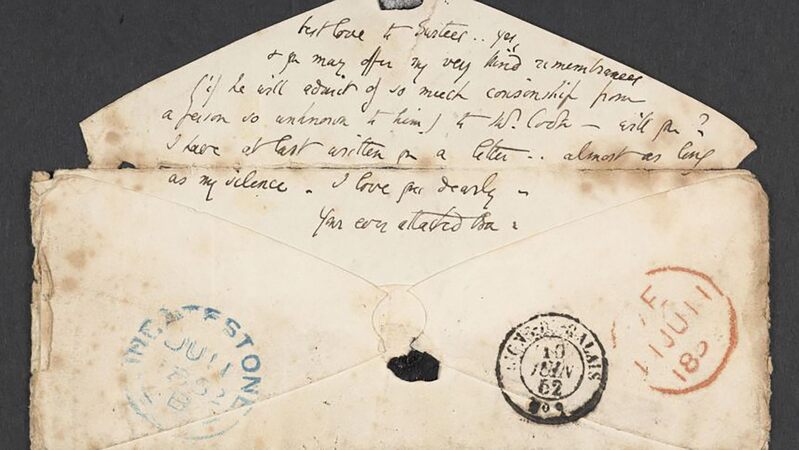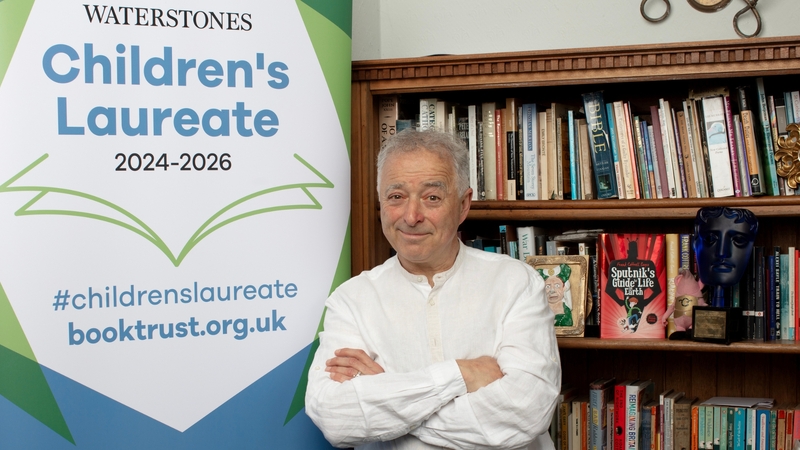You are viewing your 1 free article this month. Login to read more articles.
Hodder pre-empts exploration of evolution centred on discovery of ‘the Hobbit fossil’
Hodder has pre-empted “a radical new understanding of the history of humankind told through the discovery of the Hobbit fossil” by Paige Madison, historian of palaeoanthropology and science writer.
Executive publisher Kirty Topiwala pre-empted UK and Commonwealth rights from Will Francis at Janklow & Nesbit. North American rights were acquired at auction by Chris Richards at Scribner. Strange Creatures Beyond Count will be published in spring 2025.
The synopsis reads: “Today, humans are alone on the planet. Homo sapiens is the only remaining trace of an evolutionary story that stretches back millions of years. We tend to think of this as the result of our big brains, our inventiveness, the end of a clear march of progress. But recent discoveries have created a paradigm shift in our understanding of human evolution.
“In 2003, archaeologists in Indonesia found the fossilised remains of a small species of archaic human, which came to be known as the Hobbit. The more the fossils were scrutinised, the more they challenged what we thought we knew about the past. The Hobbit was only 3.5 feet tall, but used tools, seemed to prey on dwarfed elephants, and travelled across oceans. The Hobbit showed that modern humans are less unique – and until recently were less alone – than we had believed.
“In the 20 years since the shocking discovery, the science of human origins has come to recognise that humans once shared the planet with a great number of closely related species – with strange creatures beyond count – who could do many of the same things as we can. In Strange Creatures Beyond Count, Madison explores this radical new understanding of humankind, asking profound questions about what we can really know about ourselves and our history, and who gets to decide.”
She said: “The story of Homo floresiensis is so wide reaching – both the Hobbit’s tale and my telling of it were shaped by not only the limestone caves of Indonesia but also the leading London museums and British journals that catapulted it into the centre of palaeoanthropology. Those institutions, and the UK in general, have long felt like a second intellectual home to me, and I couldn’t be more pleased to be working with the wonderful team at Hodder & Stoughton on this book.”
Topiwala commented: “I’m delighted to be publishing this absorbing and ambitious book. Paige is a talented palaeoanthropologist as well as a gifted storyteller, and I’m looking forward to people engaging with the fascinating ideas in this book.”
Madison previously studied at the Natural History Museum in London and has also spent long stretches of time working with the team of scientists at Liang Bua in Indonesia where the Hobbit was discovered, and where she learned to speak Indonesian. She blogs and Tweets @fossilhistory and has written for Scientific American, Aeon, National Geographic and other magazines.



















